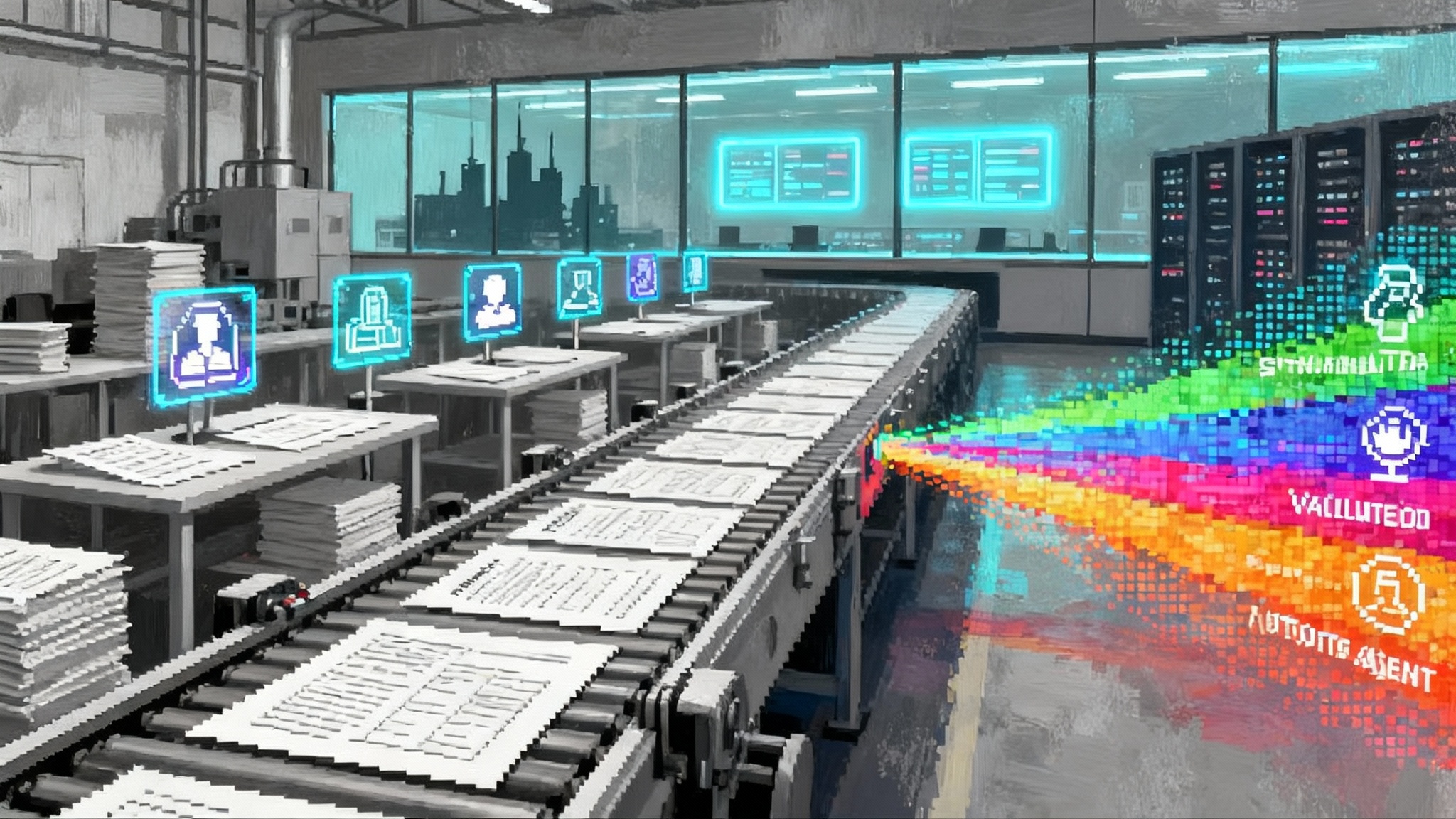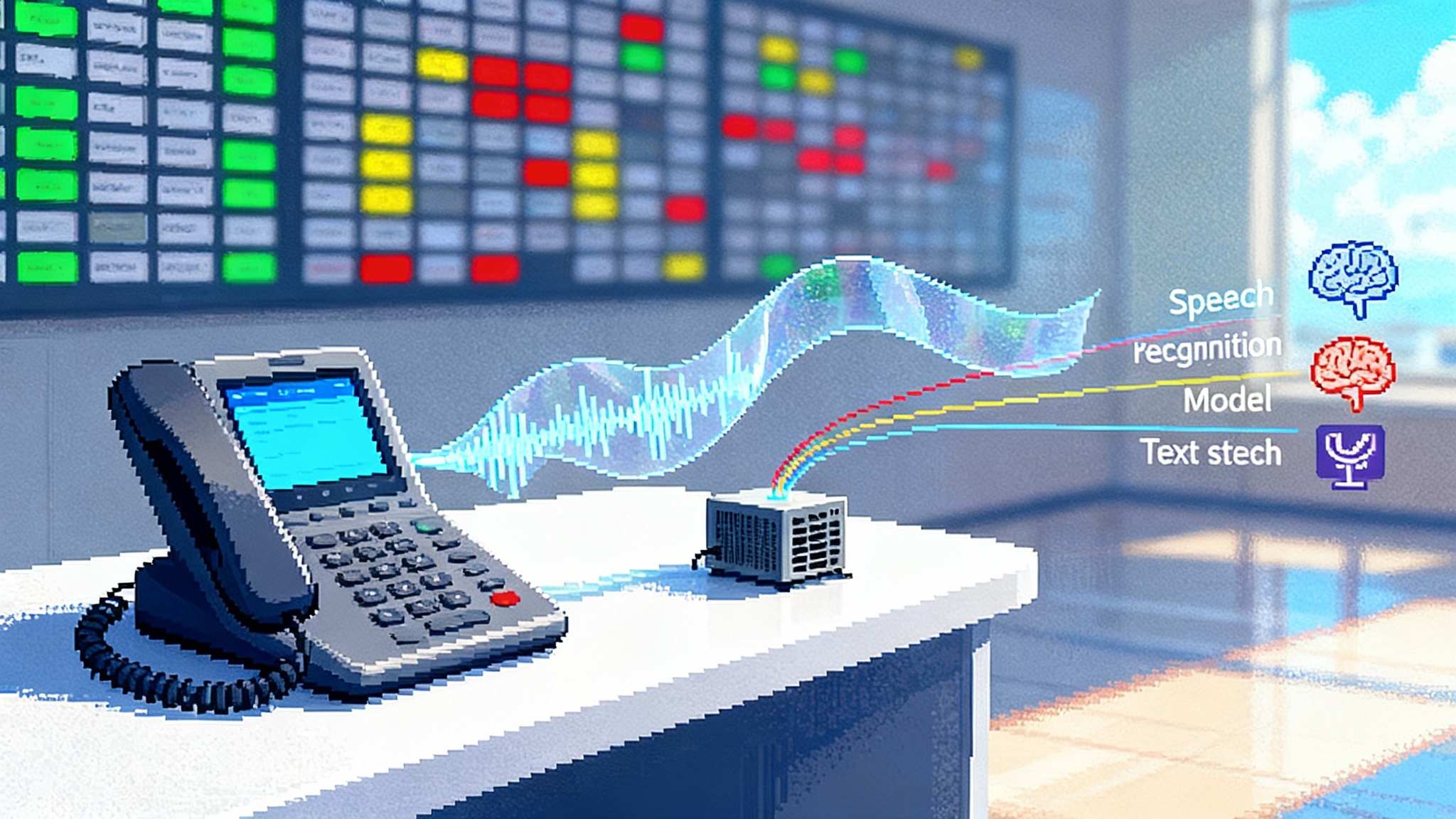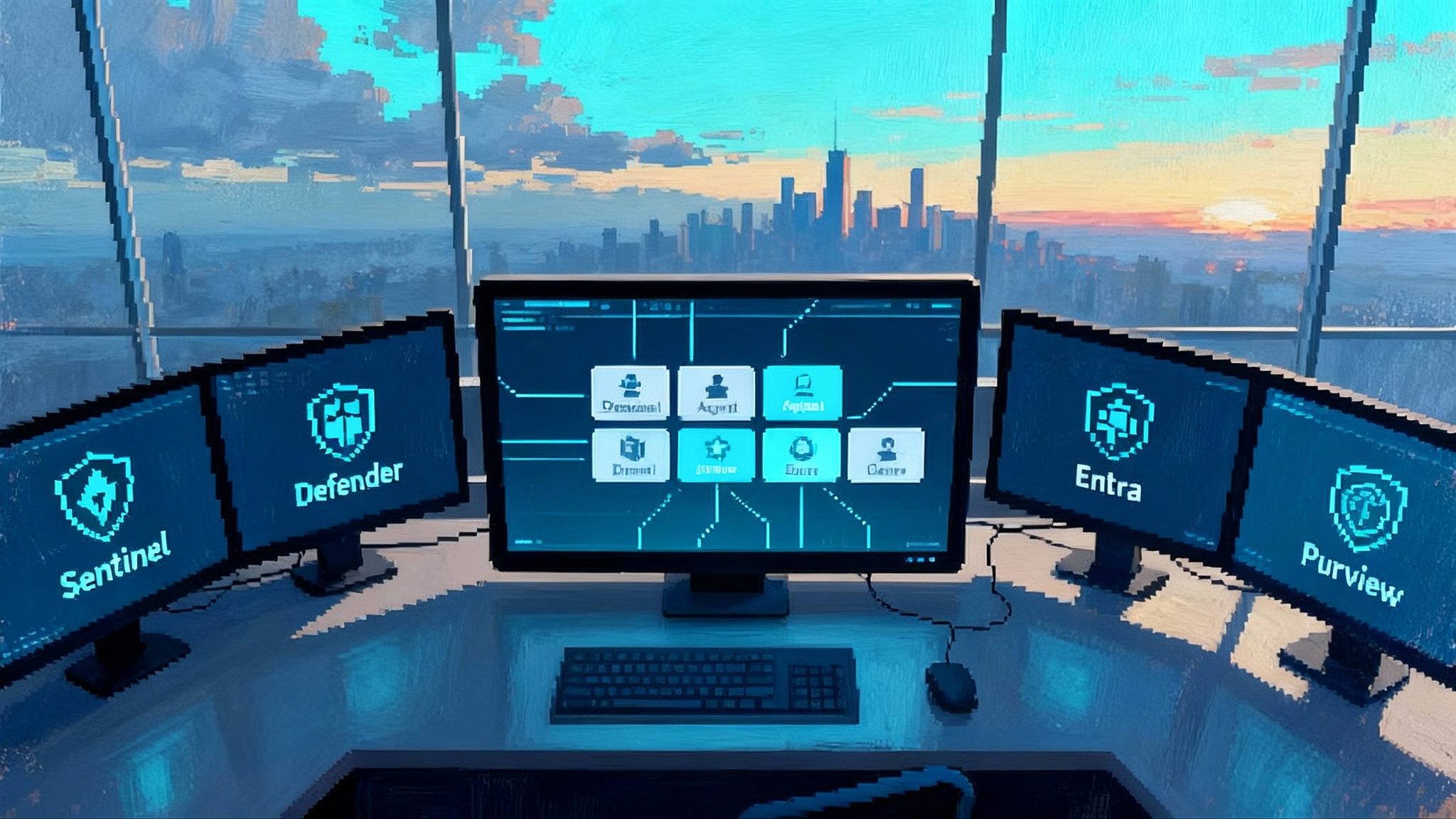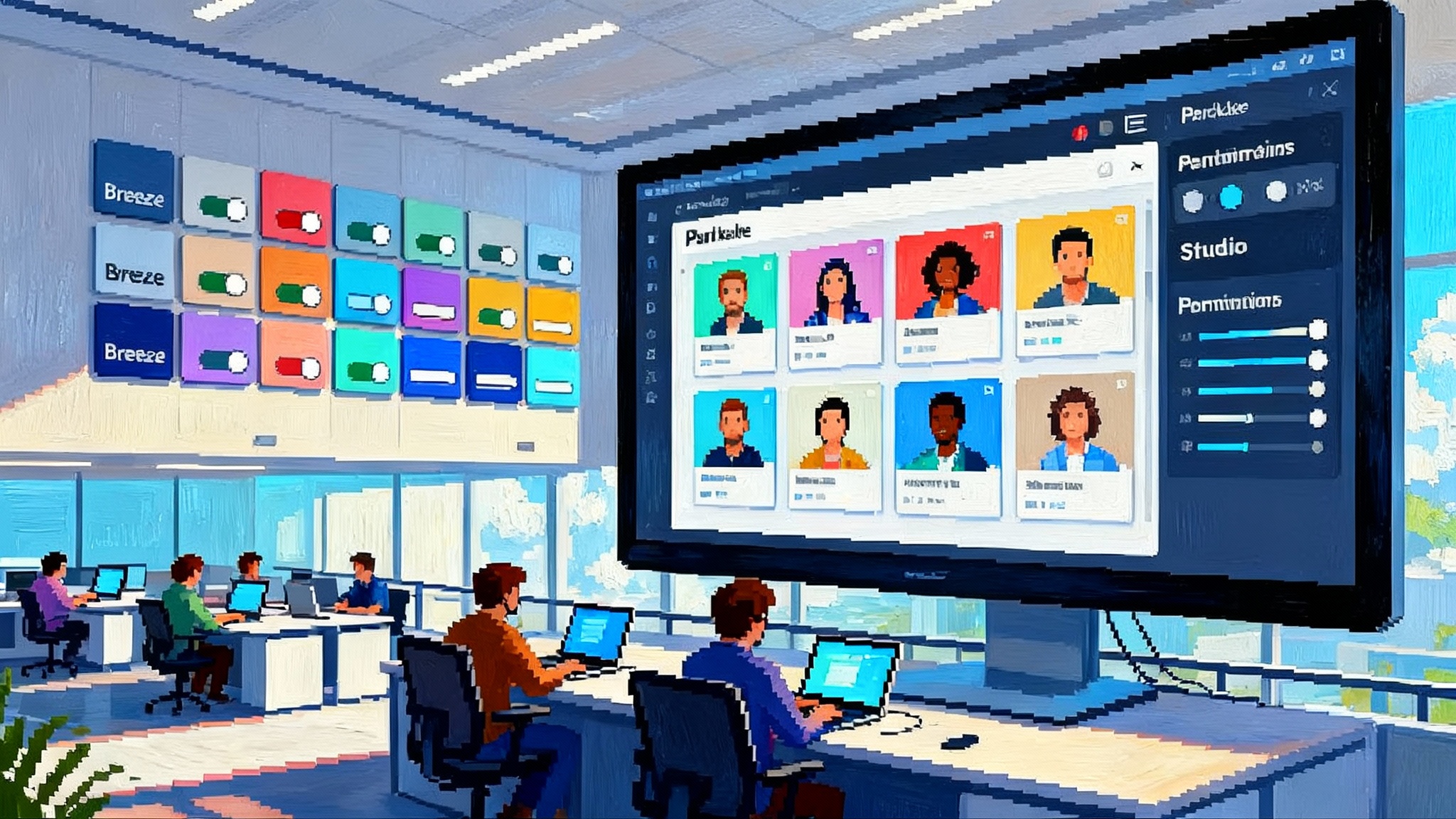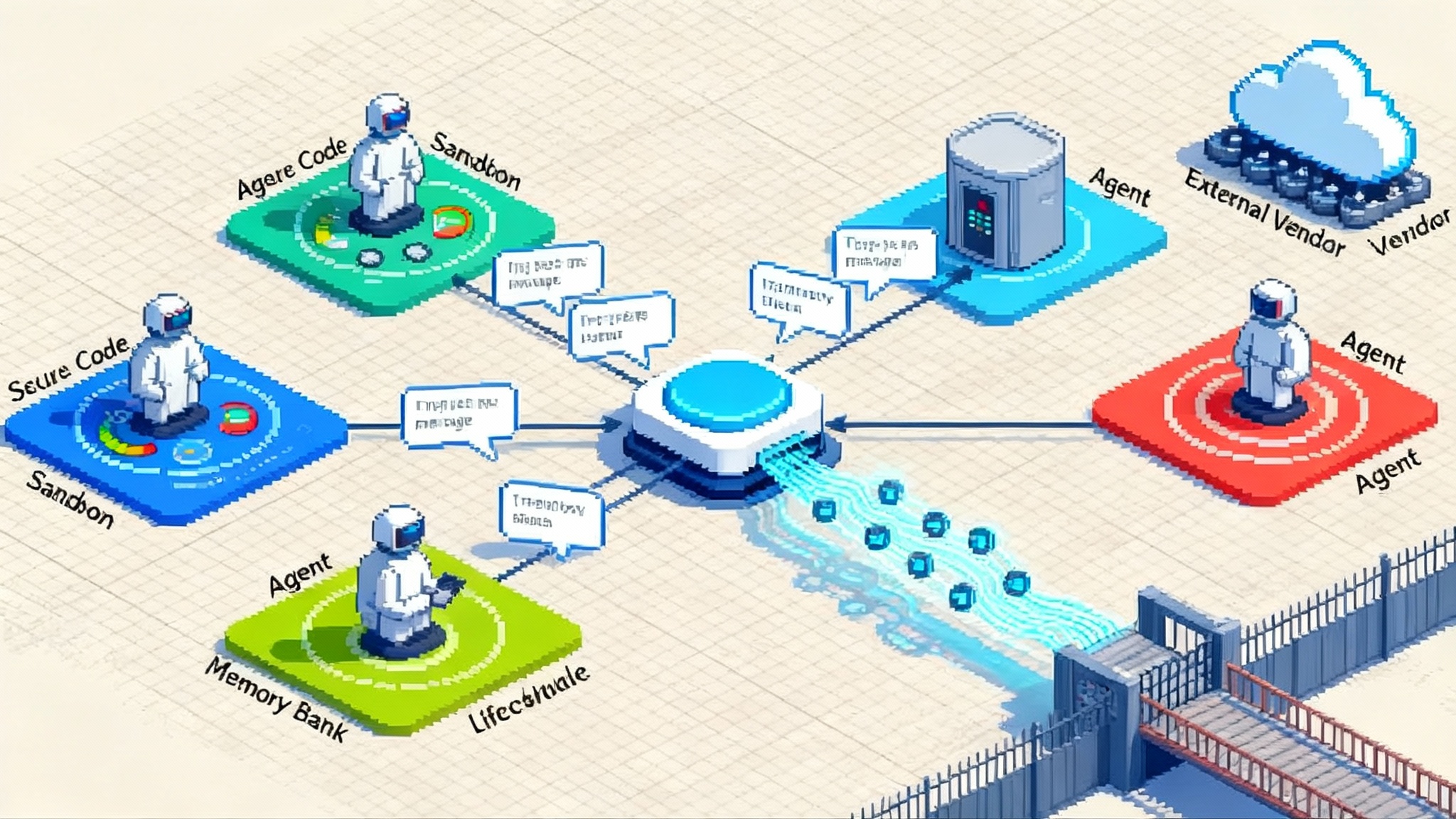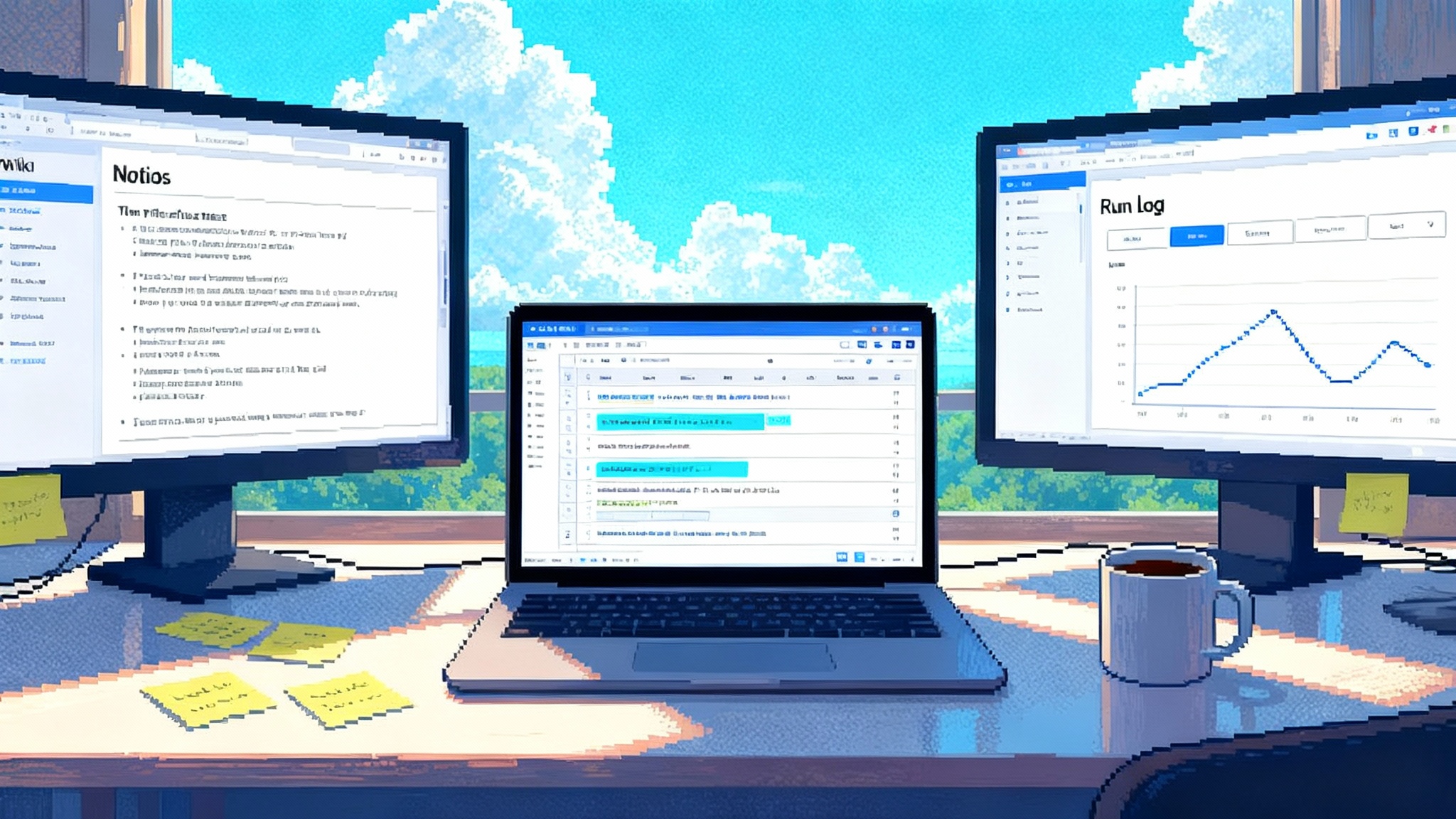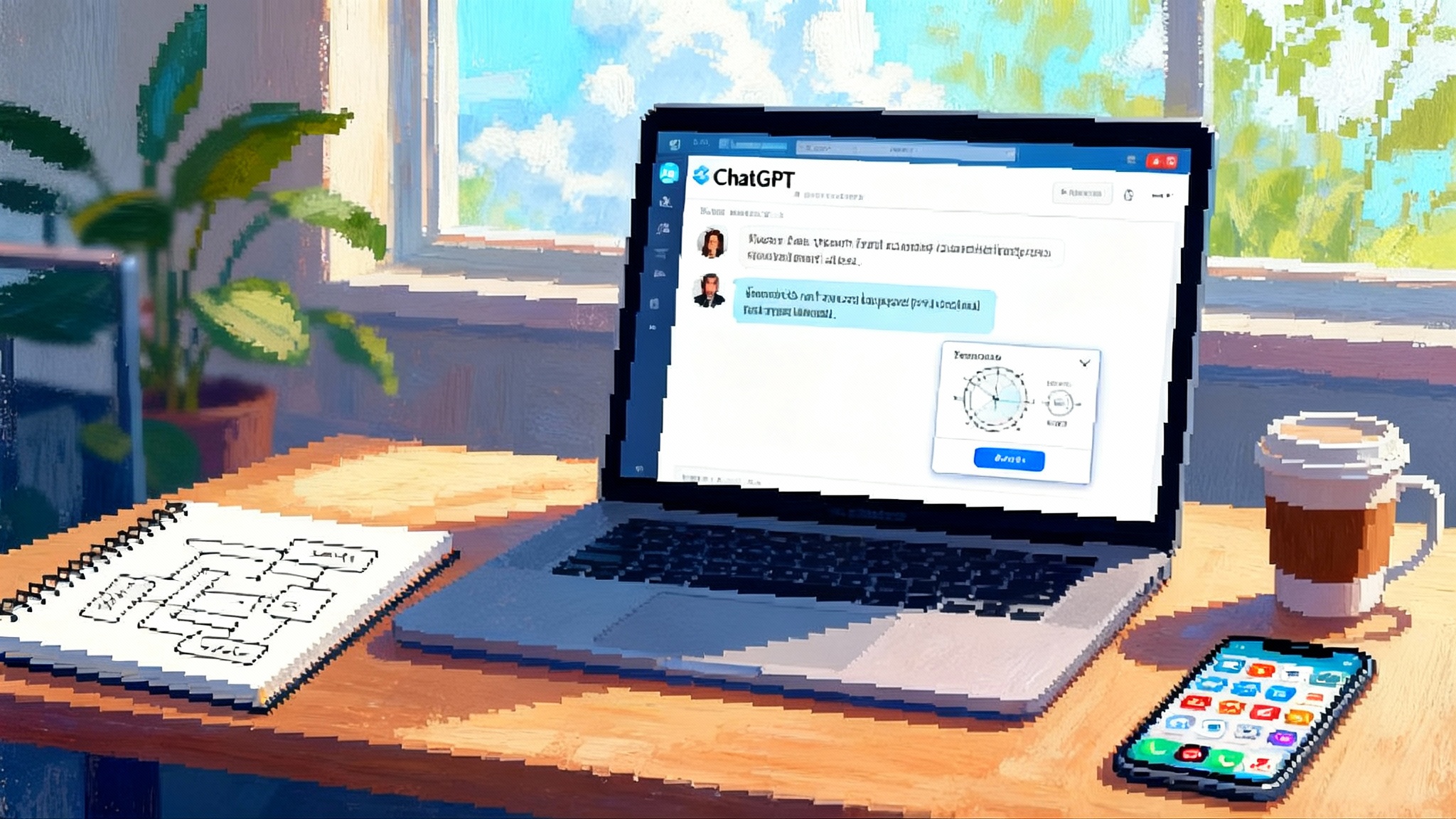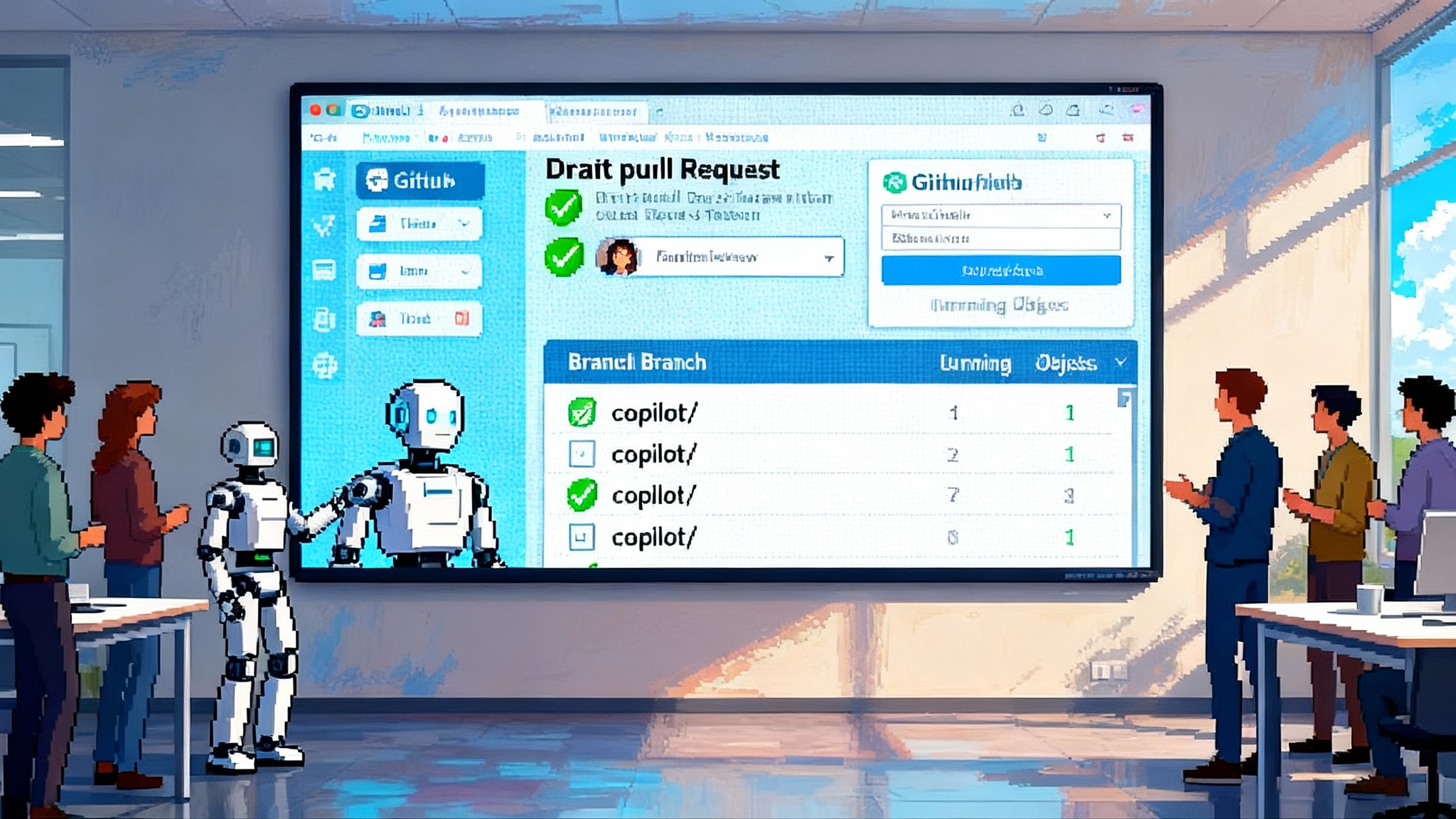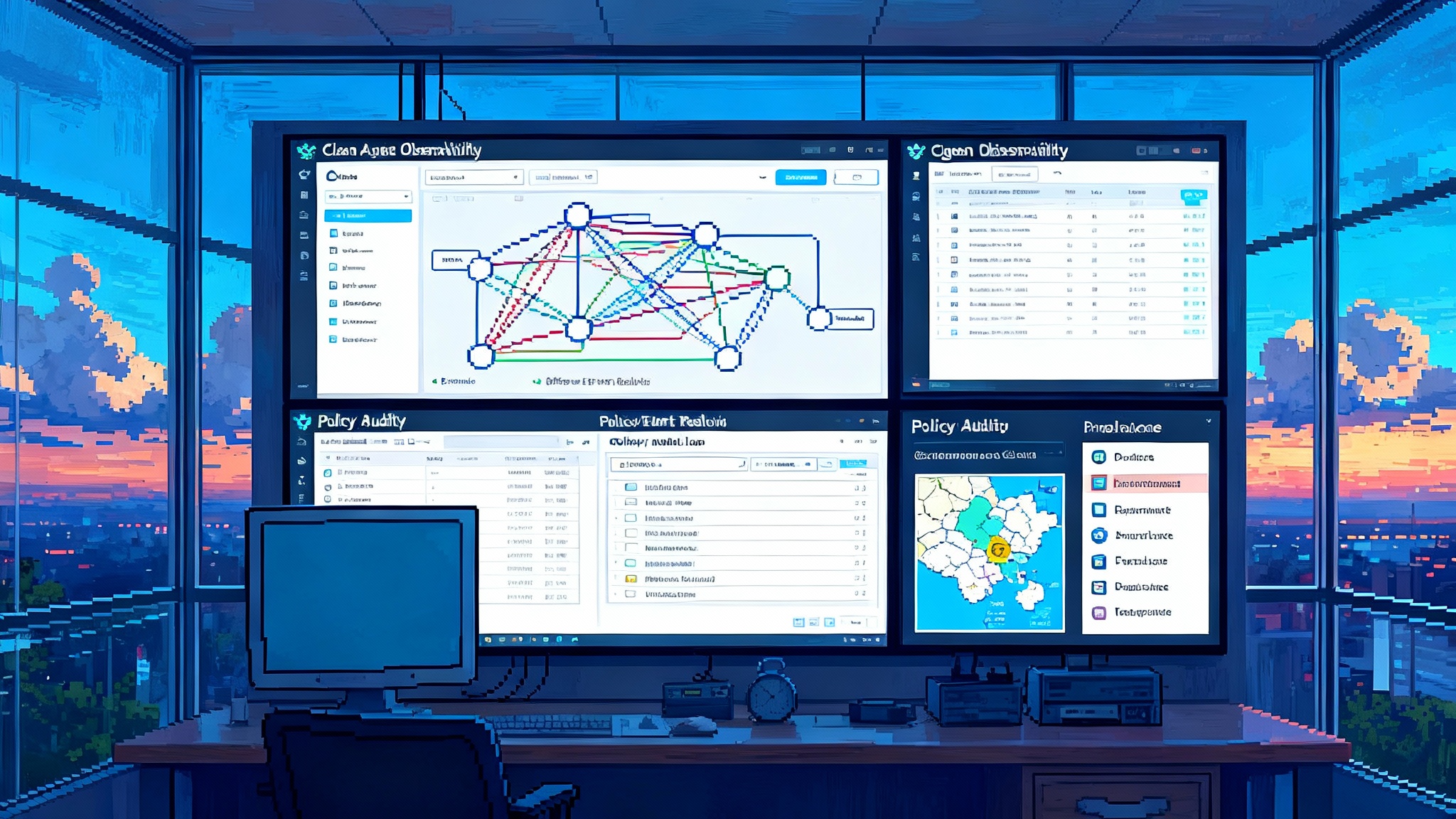Cisco’s WebexOne 2025 makes collaboration an agent platform
At WebexOne 2025, Cisco unveiled Connected Intelligence, shifting Webex from a meetings suite to an agent platform. New AI agents span meetings, devices, and contact centers with deep ties to Microsoft, Salesforce, and AWS.
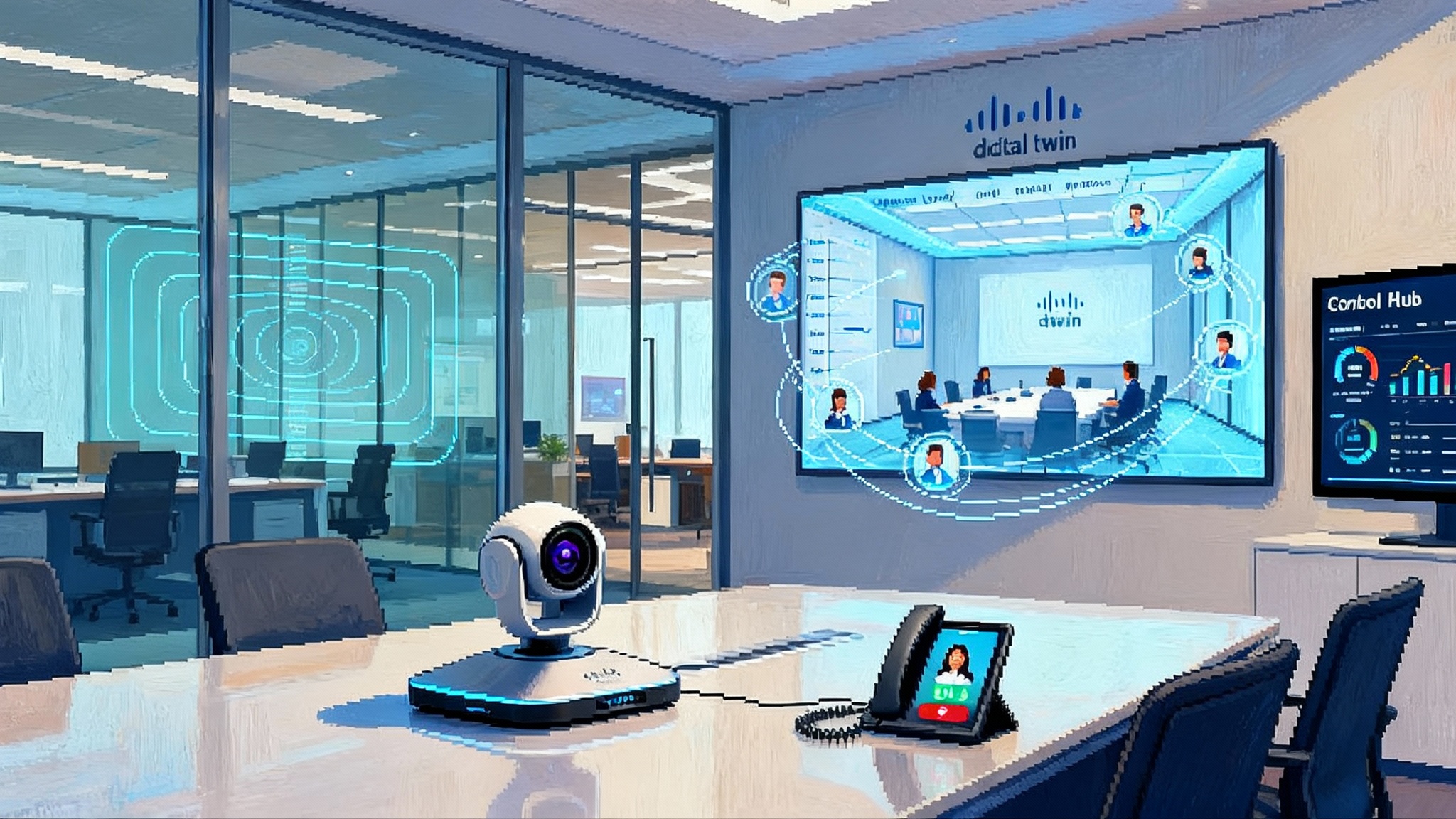
The moment Webex became an agent platform
Cisco used WebexOne 2025 to reset expectations for collaboration. Instead of sprinkling artificial intelligence on top of meetings, the company is building agents into every surface where people work. Cisco calls the approach Connected Intelligence, and the scope is broad: meeting and task assistants, an AI receptionist for calling and contact center handoffs, and RoomOS 26 device capabilities that let rooms participate as intelligent teammates. The pitch is simple to say and complex to execute. Work is no longer just people talking. Work is humans, software, and now teams of artificial intelligence agents coordinating across apps, rooms, and customer touchpoints. Cisco framed the shift with concrete features and ship dates, not just concepts, and positioned Webex as a true agent platform rather than a video app with add-ons. For the first time, the platform, devices, and ecosystem look designed to act as one fabric for human and artificial intelligence collaboration. If you want the official overview, Cisco’s own Cisco WebexOne 2025 summary grounds the claims in a product roadmap.
Connected Intelligence, in plain language
Think of your day like a relay race. Historically, only humans ran the laps. Connected Intelligence adds trained runners who can take a leg on their own or pace alongside you. These agents can listen in a meeting, generate action items, schedule follow-ups, fetch documents, start a poll when the conversation drifts, or greet a caller and resolve routine requests. The baton passes are intentional. When an agent reaches its limit, it hands off to a person with clean context so nobody repeats themselves.
This is different from a single assistant that answers questions. Cisco’s roadmap includes multi-agent collaboration, where specialized agents coordinate within Webex and across systems. In practice, one agent might focus on scheduling constraints, another on content from your knowledge base, and another on calling workflows. The goal is not to replace people. It is to remove the glue work that slows teams down, then augment the handoffs so the human steps are higher value and better informed.
If you are tracking how agent ecosystems form, this push sits alongside the broader trend we have covered, including how Agent2Agent and Vertex AI Engine enable interoperable skills across enterprise stacks.
What the new agents actually do
Cisco’s catalog of assistants maps to the natural touchpoints of daily work.
- Task agent. During a meeting, it monitors the conversation and converts decisions and requests into organized action items. Imagine a product review where someone says, “Update the launch deck with the new pricing.” Before the meeting ends, that action is captured, assigned, and ready in your task tool. Cisco targets general availability in the first quarter of calendar year 2026, which gives early adopters time to pilot governance and routing rules.
- Notetaker agent. Beyond transcription, this agent summarizes in real time, including for in-person huddles captured by Cisco devices. It is designed for impromptu collaboration, where hallway decisions often get lost. Cisco plans general availability in the first quarter of calendar year 2026, and it will run in both the Webex app and on RoomOS 26 devices.
- Polling agent. When the discussion drifts or alignment is unclear, this agent proposes a focused poll and pushes it to attendees. It acts like a facilitator who knows when to ask for a show of hands. General availability is slated for the first quarter of calendar year 2026.
- Meeting scheduler. When a follow-up is required, this agent detects the need, checks calendars, and proposes a time, sparing everyone the back-and-forth. Cisco aims to make it generally available in the fourth quarter of calendar year 2025.
- AI receptionist for Webex Calling. This always-on front door greets callers, answers routine questions, routes calls, and books appointments. It relies on Webex AI Agent under the hood and is entering controlled availability in the first quarter of calendar year 2026.
These assistants do not live in isolation. They draw power from RoomOS 26 and Webex Control Hub, and they connect to your enterprise systems so the actions they take are meaningful in your stack.
RoomOS 26 turns rooms into teammates
The device story is not a footnote. Cisco’s RoomOS 26 brings agentic features into the physical environment so the room participates in the work rather than just hosting it.
- Director agent. The camera system anticipates flow and composes cinematic views, which makes hybrid meetings feel more natural without manual adjustments.
- Audio zones. Administrators can draw a digital boundary so the Ceiling Mic Pro captures voices only from the defined area. This is practical in open collaboration spaces where a quick huddle should not pick up hallway chatter.
- Notetaker on device. Real-time capture for local meetings means in-person ideas and decisions do not vanish. It is the same notetaker agent, simply running on the device.
- Workspace Advisor and digital twins. Devices with advanced cameras and NVIDIA chipsets can produce a digital twin of the room. Control Hub then uses this model to help information technology teams configure layout, camera zones, and acoustics. It is like having a simulator for your meeting spaces so you can optimize them without trial and error.
Hardware and software form a reinforcing loop. By embedding intelligence on devices, Cisco can offload tasks from laptops and keep the experience consistent regardless of who joins from where. For information technology, standardizing on devices that understand rooms offers a real path to quality control.
Timelines at a glance
Ship dates matter because they shape real adoption plans. Cisco tied most of the near-term pieces to the next two quarters, with the larger agent catalog following in early 2026.
- Meeting scheduler: general availability in Q4 2025
- RoomOS 26 features: general availability beginning in Q4 2025
- Task, notetaker, and polling agents: general availability in Q1 2026
- AI receptionist for Webex Calling: controlled availability in Q1 2026
- Integrations enabling tasks in Jira and Salesforce: general availability in Q1 2026
- Multi-agent collaboration using Agent2Agent and Model Context Protocol: general availability in early 2026
Webex’s customer experience team published Connected Intelligence rollout details that consolidate many of these dates and add specifics on language coverage and quality management.
How it plugs into Microsoft 365, Salesforce, and Amazon Q
Agents only help if they can see your work, and Cisco is leaning into the systems enterprises already use.
- Microsoft 365 Copilot. From the Cisco AI Assistant, users can search across Copilot to access SharePoint and OneDrive files without leaving Webex. The reciprocal path allows Copilot users to pull Webex summaries and meeting context into Microsoft’s environment. Think of it as a two-way bridge so meeting intelligence follows the work product.
- Salesforce and Jira. Agents can create and update cases or leads directly, which turns meeting output into system of record entries without manual rekeying. This is planned to hit general availability in early 2026.
- Amazon Q index. Cisco highlights secure access to enterprise data with advanced semantic search and real-time indexing so answers are precise and grounded in your sources. That matters when an agent resolves a support call or assembles a post-meeting brief.
The message is consistent. Cisco is not trying to replace your core productivity or customer relationship management suite. It is trying to make agents first-class citizens that act across them.
If voice systems are a priority, compare this move to how ConversationRelay turns phone lines into agent surfaces. The trend is the same: channels become programmable canvases where agents can listen, decide, and act.
Governance, security, and the guardrails information technology will ask for
Enterprises do not adopt agents on features alone. They need controls. Cisco’s plan addresses several layers that determine whether pilots turn into production.
- Control Hub visibility. Administrators get dashboards for agent usage and adoption. This helps identify high-impact teams, measure time saved, and catch misuse early.
- Microsoft Device Ecosystem Platform on Cisco devices. For organizations that standardize on Microsoft Teams Rooms, this provides a secure device foundation while keeping Cisco device features available. It reduces risk in mixed environments where Microsoft and Cisco need to coexist.
- Threat detection for deepfakes. Cisco is partnering with GetReal and Pindrop to identify synthetic media in real time so hosts can respond. This is a practical control for executive briefings, earnings calls, and other high-trust sessions.
- Agent2Agent and Model Context Protocol. Interoperability can be a security risk if done informally. By adopting industry frameworks for agents to talk to each other, Cisco can give administrators predictable policies for which agents may call which tools, and what context is shared.
- Digital twins for change management. Because Workspace Advisor builds a model of the room, administrators can test configurations before rolling them out. That reduces the break-fix cycles that erode confidence in new tech.
Together, these controls address the classic questions that block many artificial intelligence projects: who can do what, with what data, and how do we prove it.
What blended human and agent teamwork looks like
Picture a customer escalation that starts in a Friday standup. The notetaker agent captures the decision to ship a hotfix Monday. The task agent assigns follow-ups to engineering and support. The meeting scheduler proposes a cross-team check-in for Tuesday. On Monday morning, a customer calls. The AI receptionist recognizes the account, answers common questions, and transfers the call with a clean summary to a human agent. Meanwhile, in a local huddle about the fix, the room’s director agent keeps the hybrid discussion focused, and the audio zone blocks a nearby marketing meeting. After the fix lands, the polling agent proposes a quick pulse survey in the next product sync to capture learning. This is not flashy. It is a reduction in the small frictions that slow work.
A realistic path to adoption, quarter by quarter
Leaders should resist the urge to flip a global switch. The roadmap and integrations suggest a phasing strategy that keeps risk low and value visible.
- Q4 2025: Prove the basics. Pilot the meeting scheduler with a clear success metric, such as reducing average time to schedule follow-ups by 50 percent. In rooms, enable audio zones in two or three spaces with the most background noise complaints. Use Control Hub to measure usage and satisfaction weekly.
- Q1 2026: Expand to core workflows. Add the task, notetaker, and polling agents for two workflows: product reviews and customer incident triage. Tie each to a downstream system of record. For product reviews, map tasks to Jira. For incident triage, map actions to Salesforce cases. Limit the pilot to teams with supportive managers who will enforce usage and give feedback.
- Early 2026: Test multi-agent patterns. Enable Agent2Agent and Model Context Protocol in a sandbox with clear policies. For example, allow the task agent to call a knowledge agent with read-only access to a single SharePoint space via Microsoft 365 Copilot. Add Amazon Q index where you need deep semantic search across unstructured sources. Test edge cases like ambiguous intent and conflicting instructions.
- Q2 2026: Operationalize telephony and rooms. Move the AI receptionist from controlled availability to production for a single line of business. Start with a department that has high call volume and repeatable questions, such as facilities or field service. Track deflection rates and customer satisfaction. Add deepfake detection to sensitive meetings and executive briefings.
This plan stages value, exercises governance, and provides clean checkpoints to expand or pause.
Competitive pressure on Zoom and others
Cisco’s move raises the bar for the category. Zoom has been pushing agentic capabilities across contact center, meetings, and phone, including virtual agent features and a phone concierge. Microsoft is seeding agent features across Copilot, Teams, and Teams Rooms, and its device ecosystem work with Cisco deepens the overlap. Google layers meeting summaries and workflow automations through its assistant stack, with ties to Google Workspace and third-party contact centers.
Competition now centers on three questions.
- Can the suite orchestrate multiple specialized agents that act across meetings, documents, devices, and contact centers without breaking governance?
- Do the integrations reach deeply into Microsoft 365, Salesforce, and Amazon Web Services so actions become real changes in systems of record?
- Do devices and rooms contribute intelligence, not just fidelity, so hybrid teams feel present and productive?
Cisco’s WebexOne 2025 answers those questions with specifics. If rivals cannot match the combination of suite integration, device intelligence, and enterprise guardrails, they will feel pressure in large accounts where information technology leaders have veto power.
For perspective on how adjacent platforms are converging on similar patterns, see our analysis of browser-native computer use, where agents directly drive interfaces to complete tasks without human clicks.
Risks and tradeoffs to plan for
No platform shift comes free of tradeoffs. Plan for these with the same rigor you apply to any production launch.
- Over-automation. If agents schedule meetings without clear purpose or create tasks without owners, teams will experience notification fatigue. Start with strict rules, then loosen them as patterns stabilize.
- Context sprawl. Agents that pull from multiple systems can create conflicting truths. Standardize sources of record, and require that agents log actions back to those systems.
- Latency and handoff quality. An agent that hands off with thin context frustrates customers and colleagues. Measure handoff completeness, not just handoff speed.
- Training drift. As content changes, agents that rely on stale knowledge degrade. Set up scheduled reindexing through Amazon Q index or your chosen knowledge service, and monitor failure modes that indicate drift.
- Shadow automation. Power users will wire automations in side channels. Offer an intake path, vet them for data exposure, and fold the good ones into sanctioned policies.
Define service level objectives for agents, instrument the path from prompt to action, and hold the agents to the same uptime and quality standards you expect from human-run workflows.
What this means for buyers
- If you run collaboration. Start planning for a world where the meeting is not the product. The outcomes are. Success shifts to how reliably actions make it into Jira, Salesforce, or your document system.
- If you run customer experience. Treat the AI receptionist as a front door that integrates with your knowledge base and scheduling system. The right north star is deflection plus satisfaction, not deflection alone.
- If you are an information security leader. Your task is policy, not prohibition. Push for consistent agent identity, scoping of tools, and auditing. The room digital twin is more than a device feature. It is a change management tool.
- If you are a finance leader. Anchor investments to measurable deltas like faster follow-up scheduling, fewer missed tasks, and shorter time to information in incident triage.
The bottom line
WebexOne 2025 marks a real platform turn for Cisco and a notable moment for the category. Connected Intelligence reframes collaboration from a place you go into a network of agents that work alongside you. The value is practical. Meetings produce cleaner actions. Rooms reduce friction. Contact centers mix self-service with warm handoffs. The integrations with Microsoft 365, Salesforce, and Amazon Q turn these moments into changes in the systems you already rely on. The timelines are near enough to plan against, and the governance story gives information technology leaders the control they need. Webex has laid out the contours. The next move is yours.
